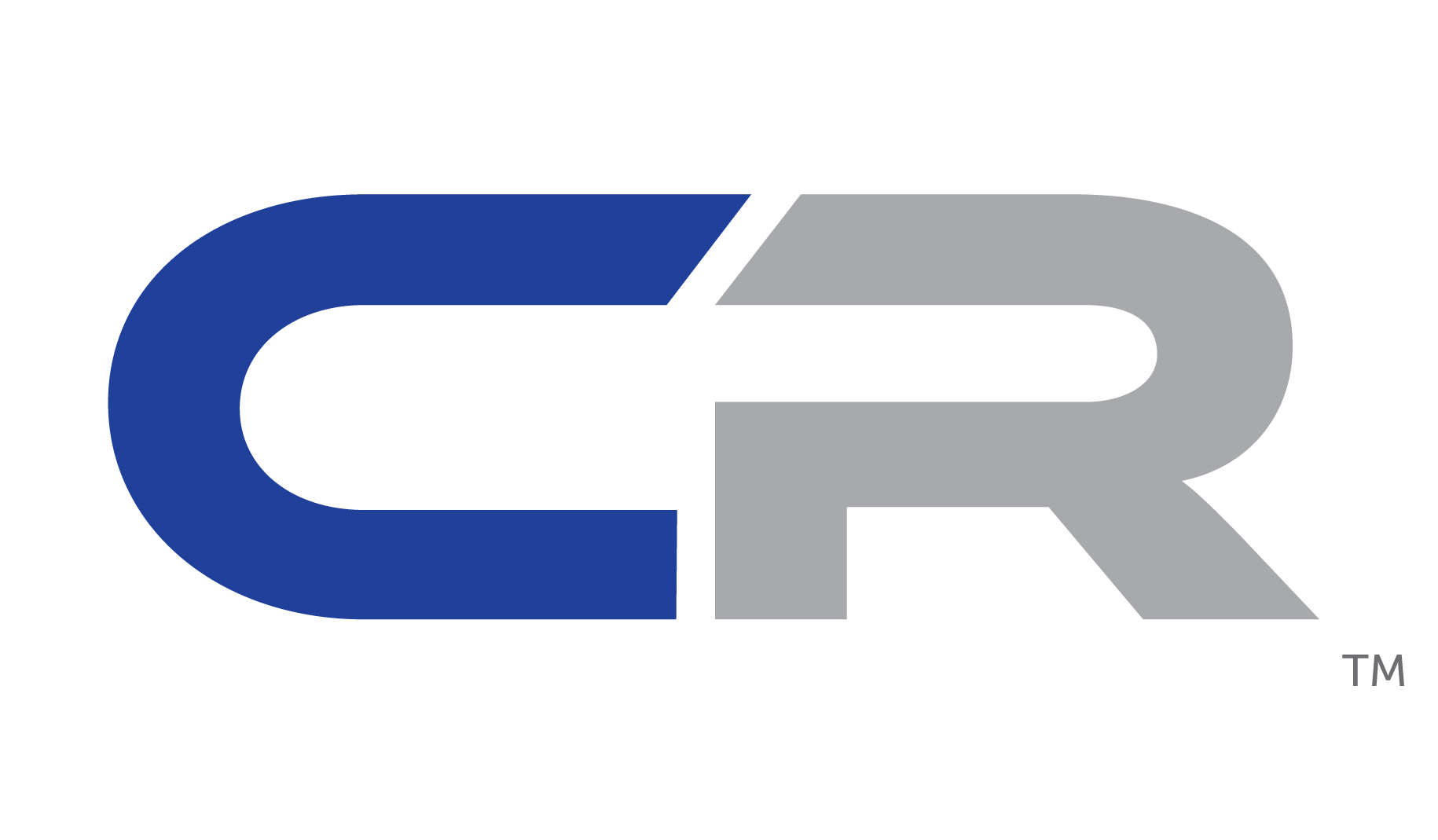 Polyester Fabric
Polyester Fabric
• These fabrics are colorfast when using standard wet and dry processes.
• For normal cleaning, vacuum panel cloth as needed, using an upholstery attachment.
• Oil or grease spots will respond to mid solvent or dry cleaning agents. A blotting technique should be sufficient to remove most spots.
• Accumulated dirt and grime spots can be removed with a mild detergent or upholstery shampoo. Rinse well with a clean sponge to remove traces of the water-based cleaning agent, but do not soak the substrate, if possible. Fabric will dry very quickly.
• Do not brush fabric or panel cloth or use a vacuum attachment with a rotary brush. Brushing may permanently damage the nap or change the character of the fabric.
Mesh Fabric (elastomer & polyester)
• These fabric are colorfast when using wet and dry cleaning processes and are also resistant to most spot-cleaning solvents.
• To remove general dirt or grime spots, sponge with the foam from a mild detergent or upholstery shampoo. Rinse well with a clean sponge to remove traces of the water-bases cleaning agent.
• When spot cleaning with either the water-based or solvent-base type cleaning agents, test a small inconspicuous area before proceeding to spot clean the fabric any further.
• A blotting technique should remove most spots. Avoid brushing or rubbing to prevent piling of the fabric surface.
• Avoid using detergents containing petrolueum.
Wool Content Fabric
• Regular vacuum required.
• For a deep clean it’s best that wool be dry cleaned only, as over wetting can cause potential shrinkage and appearance change. Dry cleaning involves the use of organic solvents and little or no water to remove dirt, stains and other soiling agents from fabric.
• Never apply bleach, ammonia, alkali or strong acids to wool upholstery.
• Rubbing the fabric may lead to surface abrasion.
Leather
• Do not use saddle soap, cleaning solvents, oils, furniture, varnishes, abrasive, detergents, or ammonia on leather; they will ruin the finish, causing it to become sticky and cracked.
• Most stains can be removed with lukewarm water and a mild soap. Then wipe the leather with a damp cloth and dry with a soft, dry cloth.
• For general maintenance, dust the leather surface just as you would furniture.
• For spots and spills, wipe excess liquid immediately with a clean cloth or sponge; let the leather air dry. If further cleaning is necessary, sponge the entire surface – seat, back, or chair arm – with lukewarm water.
• Let the leather air dry; never use a hair dryer or other heat source to dry leather. For stubborn spots and stains, apply mild, non-abrasive soap solution with a clean, wet sponge. rinse well and let air dry.
• For butter, oil, or grease, wipe the leather with a clean, dry cloth and lety the remainder of the oil dissipate into the leather. Do not apply water or try to wash a grease spot.
• Leathers with a specialty finish or a ‘sueded’ finish should be professionally cleaned.




